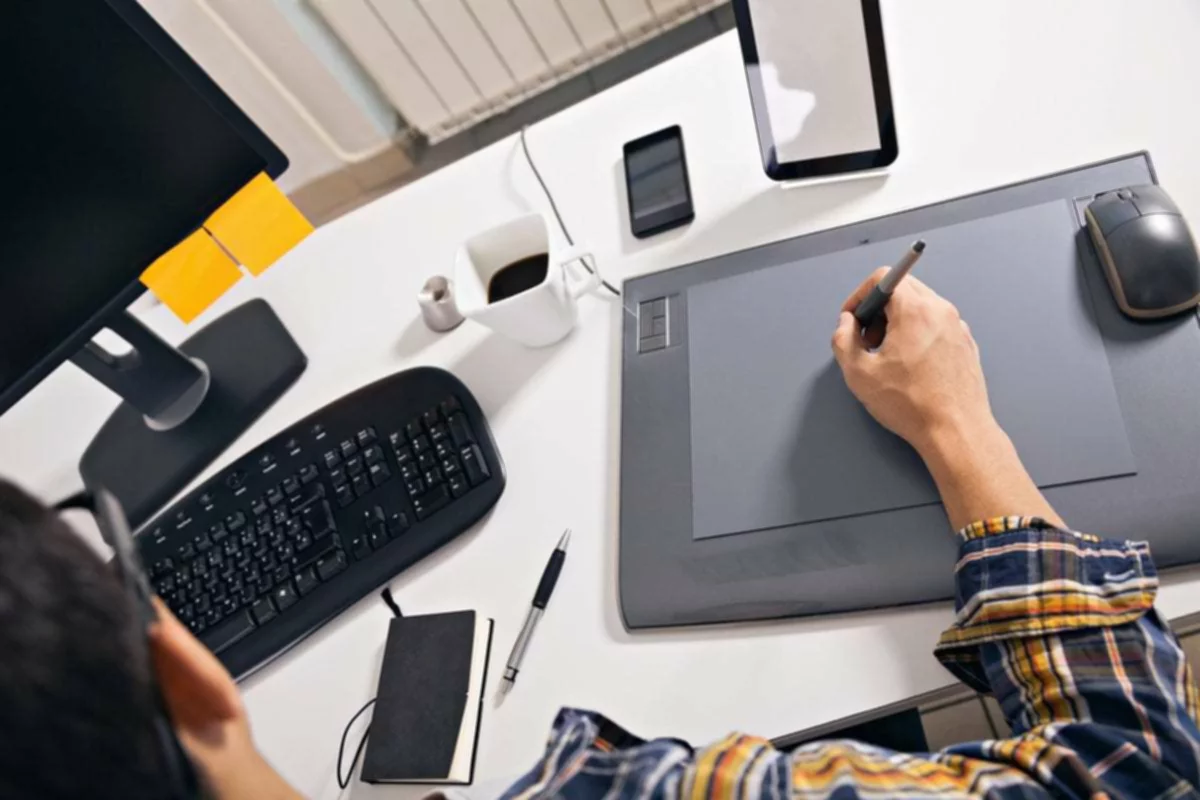Consider carefully how your mood and confidence will impact the drawings you are looking to create. To improve the line you sketch with, it is advisable to learn and practice drawing lines across the page as an essential warm-up exercise. As a drawing exercise, this will enable you to practice drawing lines more confidently and fluidly. Warm-up sketching is a great way to strengthen hand-eye coordination and create better drawings. You’ll find a series of exercises that will help you get hands-on experience with the methods you learn. In the final lesson, you’ll step outside the classroom and into the real world.
This is why engineers are using CAD designs to make the approval process smooth and effortless. Their work is built the way, so the sketcher works on concepts and approvals of clients. Then the client’s corrections are discussed with the designer and art director.
What Is Scribble Art?
Regardless of the reason, you’ll ultimately want a tight sketch for detailed work. After that he brought the image into the computer to complete the process. Most artists will carry some form of sketch book around with them wherever they go; as inspiration can be found everywhere, plus there is always a chance to increase drawing skills. Sketching is generally a prescribed part of the studies of art students.[10] This generally includes making sketches (croquis) from a live model whose pose changes every few minutes. Underdrawing is drawing underneath the final work, which may sometimes still be visible, or can be viewed by modern scientific methods such as X-rays. Typically sketching is made of lines ranging in darkness and lightness and is done using a pencil, charcoal, or graphite as mediums.

Pen and ink are very well suited to the creation of sketching, which incorporates hatching. Once the basic techniques are mastered, a beginner should progress on drawing basic three-dimensional forms using pen ad ink. Understanding the tonal range you can add to your drawing will enable you to learn to draw sketches that appear three-dimensional.
Chandrayaan-3: what to know about India’s moon landing mission
Based on the best selected features from each sketch, you use the wireframe process to provide structure to the layout of your design. We feel that it’s just as important for our clients to know how we got to the end result as well as it is to see it. This means that our clients can be confident that we’ve actually thought about their project rather than designing for the sake of it and making it look pretty. Sketching allows us to get our ideas down quickly without overthinking them, or even dismissing them before they’ve even left our brains. It allows us explore ideas and to clear our minds, brainstorm, plan things out quickly and think away from the restrictions of the computer screen.
- The exploration of the vivid angle of the sketches helps to finalize the optimum design for your product—the visual design help to get the best layout and features for your ideas.
- They can take a bit of getting used to, but once you’ve got the hang of them they can save you a lot of time.
- Balanced images are not always symmetrical (and neither are many buildings!).
- Consider using rough sketches for composition or layout options in your next project.
Hardly all variations of the artwork that you’re creating are going to be the successful ones, leaving you to choose the one you simply like the most. Mistakes, together with research and brainstorming will help you to see what you are not supposed to do and narrow down your choices to even more specific ones. There is a common misconception that sketches and wireframes are the same; however, they are not. Wireframes are more of a what is sketching refinement of the ideas formed during the sketching process and dictates the finer details of a user interface. Drawing acquired a pivotal significance in the period of Mannerism (c. 1525–1600), both as a document of artistic invention and as a means of its realization. Jacopo da Pontormo in Florence, Parmigianino in northern Italy, and Tintoretto in Venice used point and pen as essential and spontaneous vehicles of expression.
This makes sure that before massive amounts of time are invested on refining a solution, a direction is first agreed upon with the client. After those directions are chosen, the concepts can further be refined with detailed sketching. Whether you’re an artist or an art lover, sketching and drawing is certainly something that will continue to be important. It helps to stimulate creative thought, increase observational skills and of course, develop visual artwork ideas in all mediums.

Showing sketched thumbnails or compositions to clients, will potentially save you an enormous amount of time. The more detailed the project will be the earlier you want client approval. If you’re going to spend hours on an illustration, you want to make sure the client is in agreement with your choice of design before moving forward.
You can also learn with your fellow course-takers and use the discussion forums to get feedback and inspire other people who are learning alongside you. You and your fellow course-takers have a huge knowledge and experience base between you, so we think you should take advantage of it whenever possible. …a building layout serves as the blueprint of the building’s functionality, guiding both the architects and the users in understanding the space’s flow and purpose. Marker pens provide thicker strokes and can be used in combination with fine liners – remember, it’s good to vary your line weights! You might like to splash out on refillable Copic markers (which give manga illustrations their unique look) but good old Sharpies are a firm favourite of architects the world over. In practical terms, it’s also worth remembering that the architectural field is more globalized than ever.




Comments